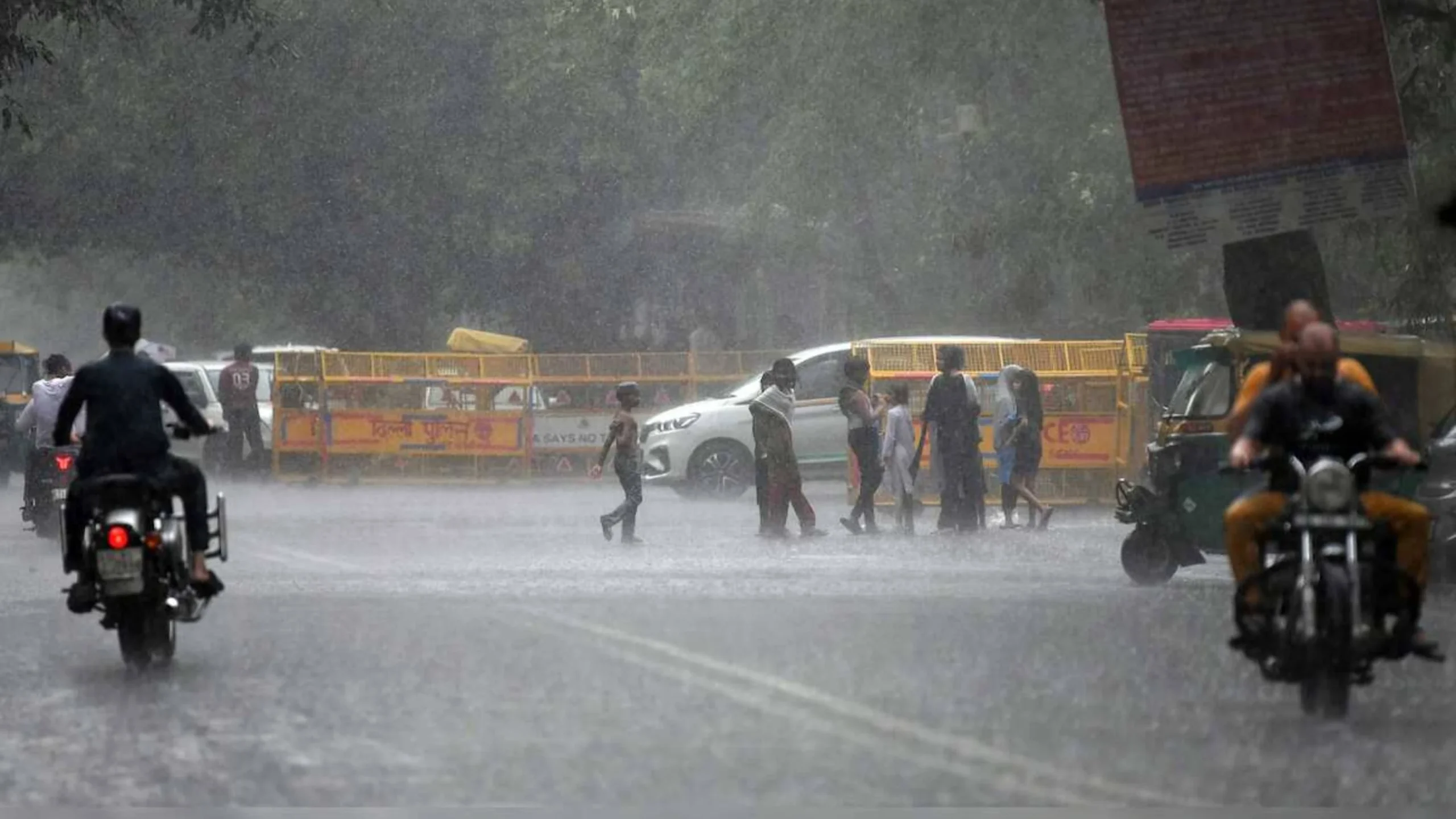By 2030, India’s biggest and fastest-growing cities can witness twice as many heatwave days. India is expected to face 43% more extreme rainfall events.
This combination threatens to push urban infrastructure to a breaking point. Public health systems and local economies are also at risk, a new study has warned.
The report, released jointly by IPE Global and Esri India, paints a grim picture for urban India. Cities like Mumbai, Delhi, Chennai, Hyderabad, Thane, Surat, Patna, and Bhubaneswar have been flagged as climate hotpots. These cities are vulnerable to both scorching heat and unpredictable, intense rainfall.
Unlike rural areas, cities are dealing with compounding challenges: surging populations, dense construction, poor drainage, and high energy use. The study warns that nearly 72% of tier-I and tier-II cities will face rising heat stress in the near future. This will occur within the next five years. These cities will also experience flash flooding, storm surges, and even hailstorms.
Abinash Mohanty is the lead author and Head of Climate Change and Sustainability Practice at IPE Global. He said cities need hyper-local risk assessments. They also require district-level mitigation plans. “Climate extremes will not hit India evenly. Our cities -which are already overcrowded and poorly planned -will be at the epicenter,” he said.
The report also found that eight out of ten Indian districts are to experience frequent extreme rainfall events. This is expected to happen by 2030. Coastal areas are especially at risk. 69% of coastal districts are expected to face extended summer-like conditions during the monsoon. This number is projected to rise to 79% by 2040.
States including Gujarat, Maharashtra, Tamil Nadu, Odisha, and Rajasthan are already facing the dual burden of heat stress. They are also dealing with erratic rainfall, the study notes. The effects are visible: urban flooding, landslides, power outages, and heatstroke deaths are becoming more common.
The authors recommend setting up a Climate Risk Observatory (CRO). It is a real-time data and monitoring system using GIS and Earth Observation tools. This system would help cities anticipate and respond to local climate shocks. They also call for district-level heat-risk champions and climate risk financing instruments to strengthen grassroots resilience.
Agendra Kumar, Managing Director of Esri India, said spatial intelligence tools are essential for integrating environmental and infrastructure data. “We already use GIS in national programs like Jal Jeevan Mission and Clean Ganga. Now we must scale this intelligence to protect our cities,” he said.
Ashwajit Singh, MD of IPE Global, said India must seize this moment to lead in climate innovation. This is particularly important for the Global South. “We must turn our vulnerabilities into opportunities -but the window is closing,” he said.
